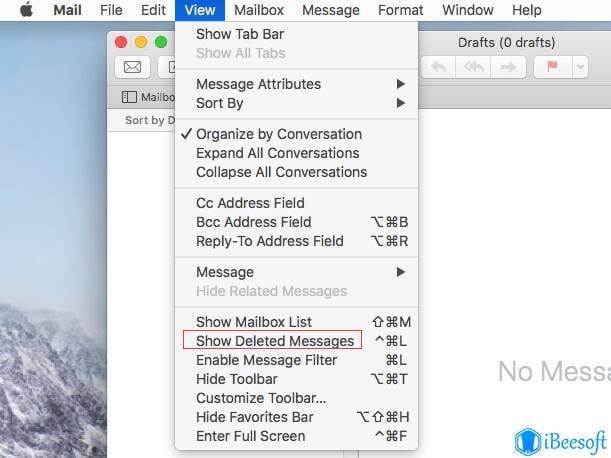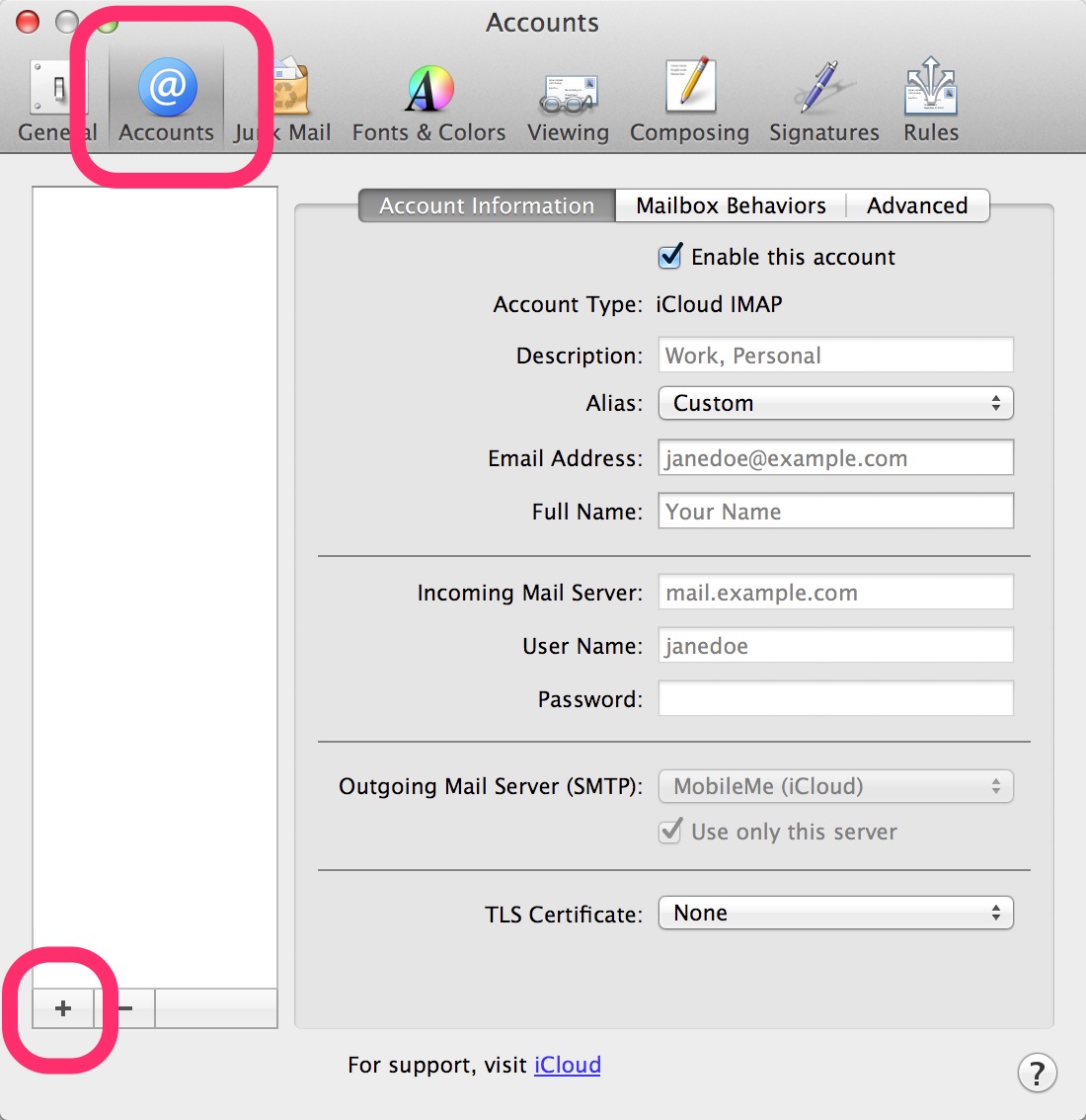

However, what if the site did a backup between the time you put your mail in the trash and you emptied the can? Those "deleted" emails could be captured in the backup and, thus, could be recovered. You would assume that deleting mail from your trashcan permanently deletes your email, and, at the simplest level, it does.

I may have rambled there a bit, but I hope I answered the thrust of your question. Thus, Gmail encourages you to archive everything (under the guise that it's good for you), and is generous with the mailbox limits to make this possible for most users. If you delete your mail, Google can't read it anymore ( presumably). So, it is simpler to move everything to an Archive folder and flag/tag metadata on to items. In an age of flagging and tagging, folders aren't as important as they once were for organization, anyway. Most people don't have the inclination to meticulously organize their mailboxes into folders. Archiving helps you by moving mail you have processed to a known place for safe-keeping. This reduces the power of the Inbox (to notify you of what's NEW and/or IMPORTANT). Most people allow their Inboxes to grow to ridiculously unusable sizes. If you're like me and want "delete to means delete", then you change the Gmail default "archive-or-delete" action to move mail to the trashcan (for permanent deleting later) rather than the Archive.Īrchiving is moving the email to a specified folder (usually Archive) so that it is out of your Inbox.

By default, and iirc, when you set up a Apple client to use Gmail, the client prefers to archive, rather than delete, email because Gmail itself prefers to archive rather than delete email.


 0 kommentar(er)
0 kommentar(er)
